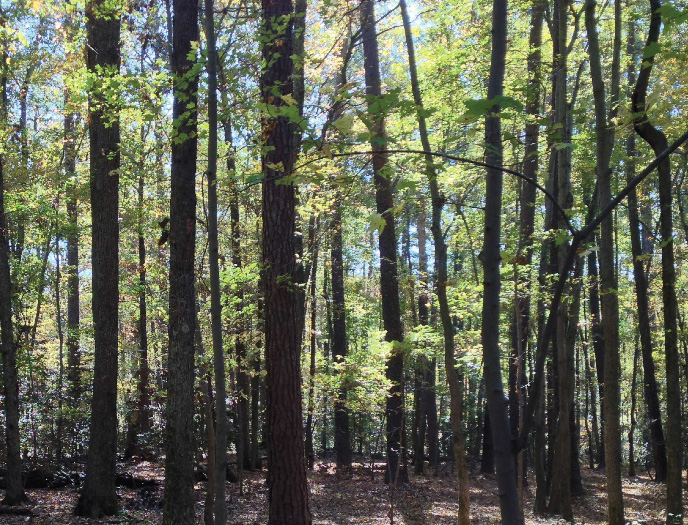I suspect that most of us remember places that have changed in our lifetimes. Change is inevitable. And while it may be foolish to resist change, it is certainly wise to shape it.

This week, I’m reminded that there are a lot of people working to ensure that some natural sanctuaries remain, even in the context of developed, or even industrial, landscapes. These oases nurture our souls, maintain our sanity, and they can help instill a connection to nature so that future generations retain a sense of responsibility and stewardship.
This week I attended the annual conference of the Wildlife Habitat Council in Baltimore, Maryland, at the invitation of our friends at Georgia Pacific (GP). As an SFI Program Participant, GP has shown its commitment to forest stewardship and sustainability, but they are also taking extra steps by working with the Wildllife Habitat Council (WHC) to provide WHC certification to wildlife habitats on properties associated with their wood processing facilities. Though often too small or specialized to manage as forestland, these places can serve as critical refuges for isolated populations of critters like peregrine falcons, screech owls or salamanders. GP is among dozens of companies represented at this conference who work with local non-profits, government experts, and their own employees to protect important pockets of habitat. Along the way, most participants also create educational, wildlife-viewing or other nature-experiences for their employees and the general public. This work is clearly as much about the human spirit as it is about the habitats themselves.
In my lifetime, I’ve seen diminished populations of quail and songbirds, butternut hickory and American elm. There have been invasions from cogon grass, and tree mortality from hemlock adelgid and dogwood anthracnose. Some of those creeks where I chased crawfish in my youth are now confined to a pipe buried beneath suburban development. But I’ve also seen heroic efforts to improve forest health, and save some very important places, often driven by forest managers who themselves value the less tangible benefits that we all take away from a visit to the forest.
SFI Program Participants regularly work to revive songbird populations in early successional habitat, and provide refuge to myriad other rare species throughout forests and waterways of North America. SFI sponsored logger training has vastly improved the consistency of water quality practices in forest management, far beyond the limits of certified lands through SFI Fiber Sourcing. And in corporate landscapes, WHC has now certified nearly 700 wildlife habitat projects in 12 countries (and 49 states in the US). Though the work of WHC is different from ours, it is also important, and reflects a sense of responsibility and stewardship that we can all appreciate.
Yes, change is inevitable, but kudos to those who take action to manage toward a better future for our forests.
